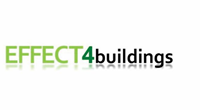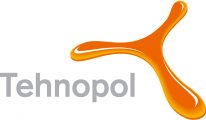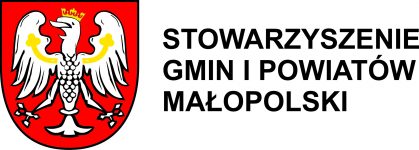Conclusions resulting from financing in energy efficiency in relation to local governments and investors:
- Verification of grant applications is carried out by the COC – Competition Organizing Institution
- There are a number of substantive criteria that determine the award of points – the more points scored, the greater the chance of funding
- In order for the project to undergo substantive assessment, it must achieve a certain percentage level of points that can be obtained in total (often 30% of the maximum number of points). So it is necessary to analyze the material ranges and adjust the material scope to maximize the use of scoring
- The condition of co-financing is to ensure a reduction of CO2 emissions by at least 30%. The key to the positive effects of both the assessment of applications as well as economic and functional aspects is therefore a properly selected material scope, carefully refined investment implementation details: specialists, audits, equipment, services).
- A number of formal conditions must be met, including:
- Submission of the application on time (with the proviso that the application submitted after the deadline indicated in the competition notice is not considered)
- Preparation of the application on the applicable form
- Completeness of application documentation: application and attachments
- The scope of the undertaking of comprehensive energy modernization of the building must result from an energy audit and lead to a reduction of final energy consumption by at least 25% by meeting the technical conditions for building partitions
- The design should comply with the so-called a low-carbon economy plan and an Integrated Territorial Investment strategy
- The maximum level of EU funding in eligible expenditure at project level is 85%, subject to the methodology for calculating the maximum amount of funding – here you can see how much investment in energy efficiency is supported and how much the EU focuses on such modern technologies.
- Often projects implemented in public buildings are not eligible for support, in which over 15% of the building’s total area is used for business or housing
- Projects are positively assessed only if they meet all the required formal criteria – care for deadlines and appropriate documentation is very important
Author: Barbara Wos, Association of Communes and Cities of Malopolska Region, Poland












